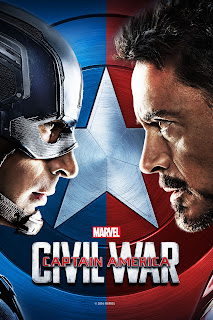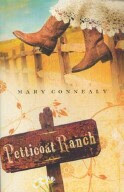Audio Commentaries for Movies

I just discovered a great resource for inspiration, reminders, and tips for writing. I’ve been in a bit of a plotting rut and so I do what I usually do, which is watch TV shows and movies. This time, I watched the audio commentary for one of my favorite movies, Captain America: Civil War . I didn’t realize that I’d get so many great ideas for plotting, characterization, dialogue beats, theme, mood, and setting by listening to the directors and the screenwriters comment as they viewed the movie. It not only gave me a springboard for my own plot and character ideas, but it reminded me of techniques I’d forgotten about, which helped me in my story structure and character development. It’s a shame that I’m only realizing this now, because it’s a resource I’ve always had, in the movies I’ve bought on iTunes, but never utilized. I’ll definitely be using this more in future. I hope this tip helps you guys, too—pick your favorite movie and listen to the audio commentary. You never know w
